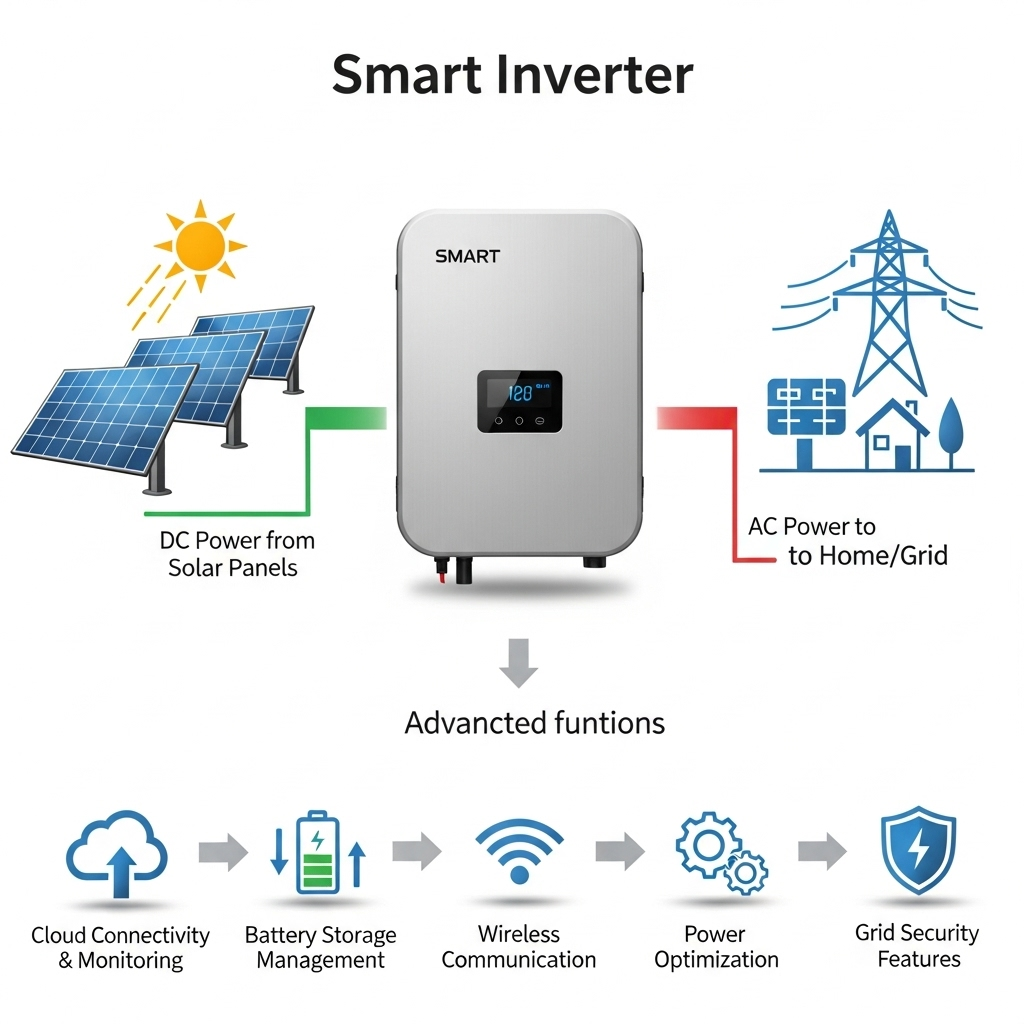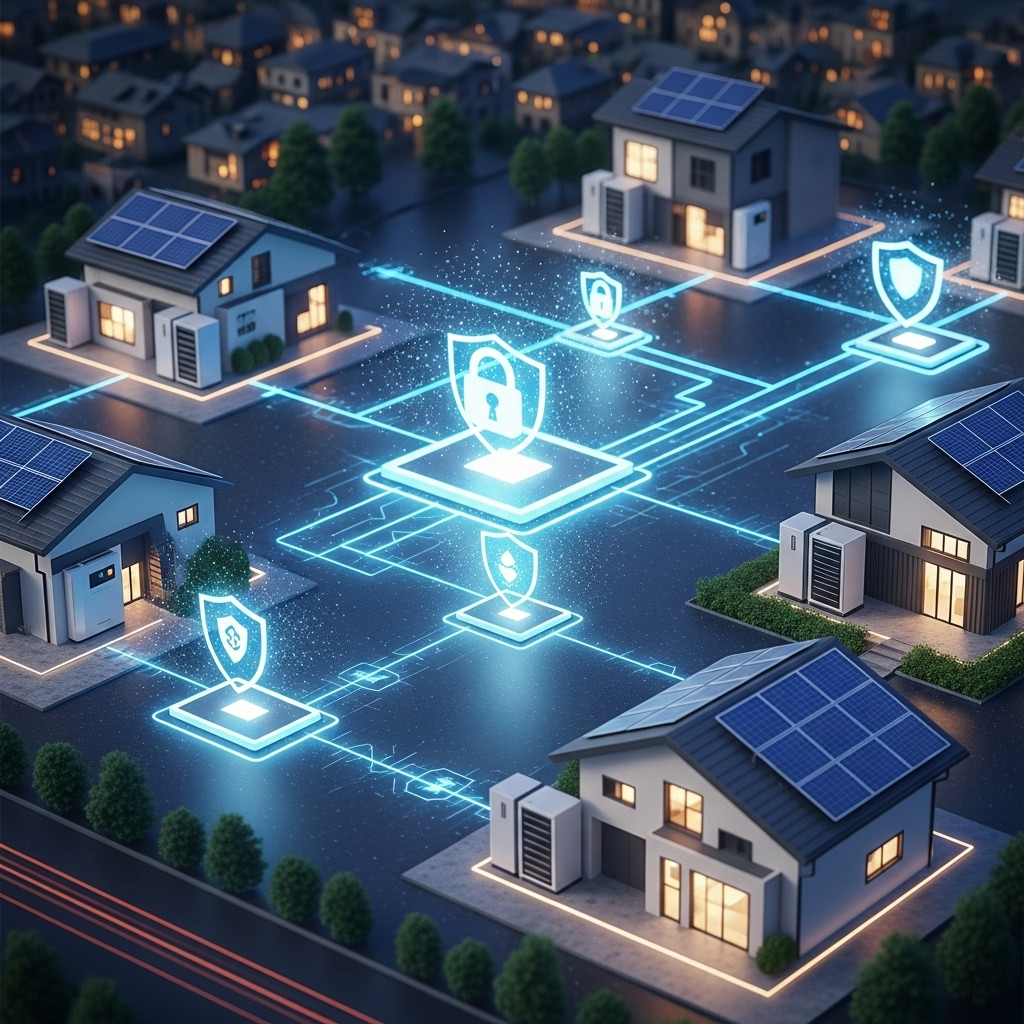Securing financing is often the most significant challenge in getting a solar project off the ground. Investors and lenders scrutinize every detail, looking for potential risks that could jeopardize their capital. Performance uncertainty, technical failures, and long-term reliability are major concerns. International photovoltaic (PV) standards offer a powerful solution. They create a common framework for quality and safety, making projects more transparent, predictable, and ultimately, more 'bankable'. Adhering to these standards is a direct strategy for attracting investment and accelerating project development.
The Landscape of Solar Project Risk
Understanding the risks that financiers see is the first step toward mitigating them. From their perspective, a solar project is a long-term asset that must generate predictable revenue. Any uncertainty threatens that predictability.
Identifying Key Financial Hurdles
The primary risks in solar projects are technical and operational. Will the components perform as promised for 25 years or more? What is the likelihood of unexpected maintenance costs or system downtime? These perceived risks can lead to higher interest rates on loans or, in some cases, a complete refusal to finance a project. According to the World Energy Investment 2023 report, rising borrowing costs and perceived risks in certain markets can create significant headwinds for project financing, even amidst strong growth in solar investment. This makes demonstrating project quality more critical than ever.
The Importance of 'Bankability'
Bankability is the measure of a project's attractiveness to lenders. A bankable project is one that has sufficiently mitigated risks, ensuring it can generate enough revenue to service its debt and provide a return to investors. Standardization is a direct path to improving bankability. When a project uses components that meet globally recognized standards, it provides financiers with a third-party validation of quality and performance, reducing their need for extensive and costly technical due diligence.
Core International Standards and Their Impact
Several international bodies establish the standards that govern the solar industry. Compliance with these benchmarks signals quality and reliability to the global financial community.
IEC Standards for PV Modules and Systems
The International Electrotechnical Commission (IEC) is a leader in setting standards for solar technology. Two of the most important are:
- IEC 61215: This standard covers the design qualification and type approval for terrestrial crystalline silicon PV modules. It subjects modules to a series of rigorous tests, including thermal cycling, humidity-freeze, and mechanical load tests, to simulate decades of outdoor exposure. Passing this standard demonstrates a module's durability and long-term performance stability.
- IEC 61730: This standard focuses on PV module safety qualification. It defines requirements for construction and testing to protect against mechanical and electrical hazards like fire and shock. Certification to IEC 61730 is a fundamental requirement for ensuring a project is safe and insurable.
ISO Standards for Quality Management
Beyond the product itself, investors look at the manufacturing process. The International Organization for Standardization (ISO) provides relevant benchmarks. ISO 9001 is a standard for Quality Management Systems. When a manufacturer is ISO 9001 certified, it shows they have robust processes in place to ensure consistent product quality and continuous improvement. This reduces the risk of batch defects or widespread failures in a large-scale solar installation.
How Standards Streamline Financial Due Diligence
Standardization simplifies the complex process of evaluating a solar project, making it faster and cheaper for capital to flow.
Creating a Common Language for Investors
International standards create a universal benchmark. An investor in London can confidently assess the technical viability of a project in Southeast Asia if both rely on IEC standards. This common language removes ambiguity and builds trust. The importance of standardized data was a key driver behind initiatives like the Orange Button program, which aimed to make solar data more uniform and transactions more efficient. When everyone speaks the same technical language, deals get done faster.
Standardizing Contracts and Agreements
Technical standards form the bedrock of key legal documents, such as Power Purchase Agreements (PPAs). The performance guarantees within a PPA are often tied directly to metrics and conditions defined by IEC standards. This ensures that all parties have a clear, enforceable understanding of the project's expected output and reliability. As highlighted in IRENA's Energy transition assessment: Georgia, aligning contractual agreements with international standards is a cornerstone for de-risking projects and ensuring they are bankable, especially in developing markets.
The Synergy of Standards, Technology, and Data
As solar technology evolves, so do the standards that support it. The integration of energy storage and the use of performance data are two areas where standardization is providing immense value.
Standards for Energy Storage Systems (ESS)
The rise of solar is increasingly linked to energy storage. An integrated solar-plus-storage system offers greater grid stability and energy independence. To ensure these systems are safe and reliable, specific standards have been developed, including:
- IEC 62619: This standard specifies safety requirements for secondary lithium cells and batteries used in industrial applications, including energy storage systems.
- UL 9540: A critical safety standard for Energy Storage Systems and Equipment, it evaluates the entire system, including the battery, inverter, and control systems, to ensure they function together safely.
Adherence to these ESS standards is non-negotiable for de-risking projects that incorporate battery storage, assuring investors that the technology is both safe and dependable.
Performance Data and Financial Modeling
Standards and performance data are intrinsically linked. Certified components are tested to perform within a predictable range, which allows for highly accurate financial modeling. Reliable, long-term performance data, as detailed in the ultimate reference for solar and storage performance, is what gives financiers confidence in a project's revenue projections. When these projections are backed by hardware certified to international standards, the project's risk profile drops significantly. This synergy between certified technology and verifiable data is key to unlocking finance.
| Risk Factor | Project Without Standards | Project Adhering to Standards |
|---|---|---|
| Technical Risk | High; component quality is unknown and unverified. | Low; components are certified to recognized standards (e.g., IEC 61215). |
| Performance Risk | High; energy output is unpredictable and lacks guarantees. | Low; output is predictable based on standardized testing data. |
| Financing Cost | Higher interest rates or potential rejection of financing. | Lower interest rates and enhanced bankability. |
| Insurance Premium | High or unavailable due to unknown risk profile. | Lower premiums and readily available coverage. |
| Contractual Clarity | Ambiguous performance clauses lead to potential disputes. | Clear, enforceable guarantees tied to objective standards. |
Building a Bankable Future
International PV standards are far more than just technical guidelines on a datasheet. They are fundamental financial instruments that build trust, reduce uncertainty, and create a stable foundation for investment. By specifying components and systems that meet rigorous international benchmarks, developers can significantly lower perceived risks, reduce the cost of capital, and accelerate the entire financing process. For anyone looking to build or invest in solar energy, embracing these standards is a direct and effective strategy for unlocking capital and constructing a reliable, profitable, and sustainable energy future.
Disclaimer: This article is for informational purposes only and does not constitute financial or investment advice. Always consult with a qualified professional before making investment decisions.
Frequently Asked Questions
Which PV standards are the most important for securing financing?
For PV modules, IEC 61215 (performance) and IEC 61730 (safety) are globally recognized and considered essential by most financiers. For the manufacturing process, ISO 9001 certification signals a commitment to quality control. If your project includes energy storage, standards like UL 9540 and IEC 62619 are becoming increasingly critical for demonstrating system safety and reliability.
Do these standards apply to residential solar projects as well?
Absolutely. While the financing mechanisms may differ, these standards are just as important for residential installations. They ensure the safety and reliability of the system, protect the homeowner's investment, and are often required for obtaining permits, qualifying for rebates, and connecting to the electrical grid. Using certified products provides peace of mind for the end-user.
How can I verify if a solar product is certified?
You can verify certification by looking for official marks from certification bodies (like UL, VDE, or TÜV Rheinland) on the product itself, its packaging, or its technical datasheet. The most reliable method is to request a formal certificate of compliance from the manufacturer. Many certification bodies also maintain public online databases where you can look up certified products by model number or manufacturer.





Leave a comment
All comments are moderated before being published.
This site is protected by hCaptcha and the hCaptcha Privacy Policy and Terms of Service apply.